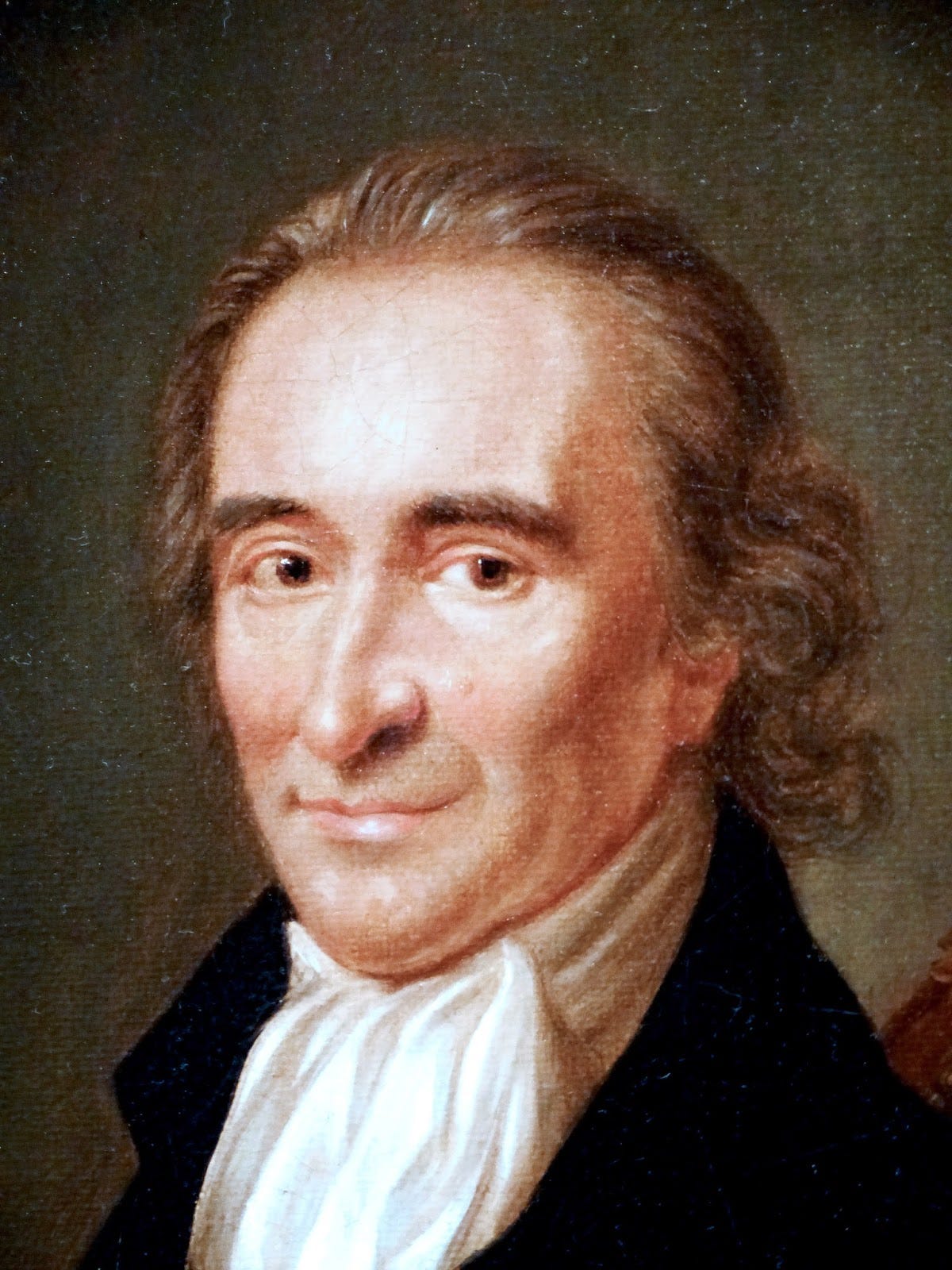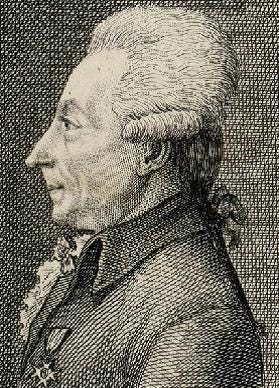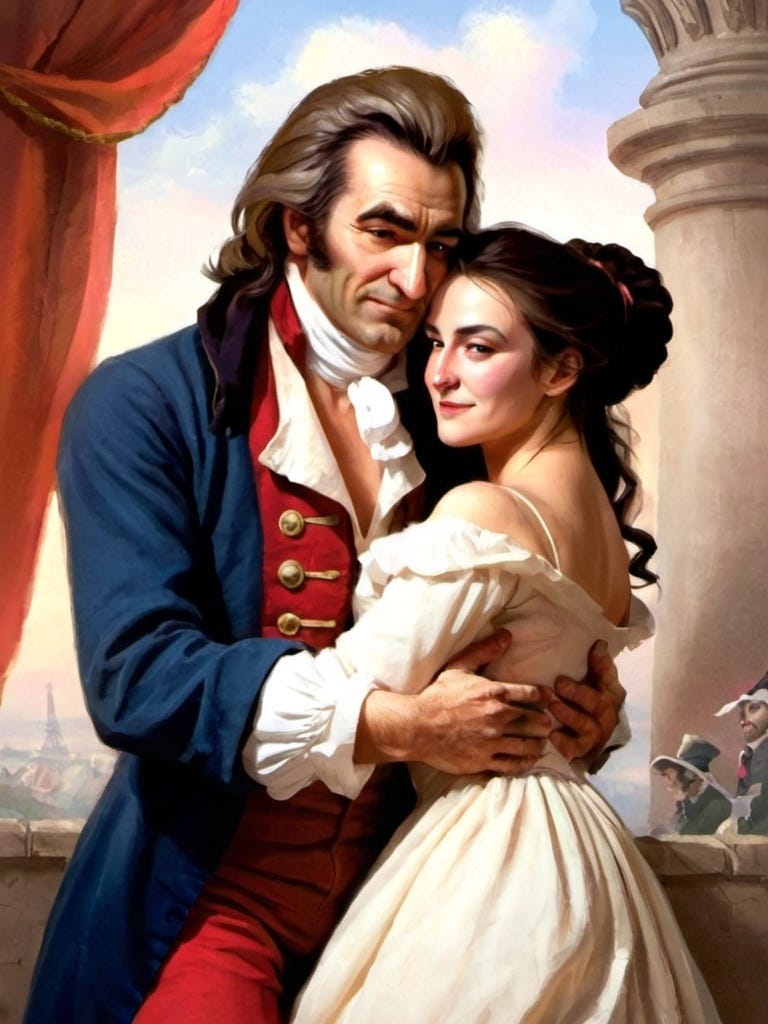Welcome to another Earth-shattering edition of Our Belated Past. Your monthly-ish (or whenever I get around to it) dose of historical musings. If you enjoy what you read and want some more, feel free to check out my book, Lemuria: A True Story of a Fake Place, and why not go ahead and preorder my next book due in the fall, Raising Philadelphia: The Making of America’s First Great City. Take THAT, Williamsburg!
Most of the time we just want to be entertained, receive that flash that carries us on to the next flash. As I read through a history book or article, those little sparks will fly out to me, and I take note of them. I keep many of these little tidbits of history scattered across many notebooks. What I do with them I don’t know but they help me connect with a topic or hold my interest on to the next one. Browsing through a notebook I see “Saudi effort to ban Death of a Princess from airing on PBS,” “Anthony Wooldrige’s solo run through the Himalayas,” “Inter-Allied Games in Paris following WWI,” and many many more.
Like a magpie, they are the shiny objects I collect and maybe one day turn them into something like an OBP or who knows what else. But it is a fruitful way to experience and connect with the past. Making it an interactive experience as you can get while engaging with it from the comfort of your favorite reading chair.
Sometimes worlds collide. Maybe that’s serendipity or maybe a sign that I have too many or too few worlds. Still trying to parse that out. But while researching Pythagoras for my next big project I stumbled across a titillating reference to Thomas Paine, a key figure in my last project (PRE-ORDER NOW!), “The American Thomas Paine, the famous pamphleteer of the American Revolution and author of Common Sense, living a liberated life in a ménage à trois with [Nicolas de] Bonneville and Bonneville’s wife…”
I’m sorry, what? The man who more so than any other pushed America to declare its independence from Great Britain was locked in a polyamorous relationship during the heat of the French Revolution with a couple half his age? Sign me up!
That all of this stems from a political spat seems even more fitting. As we wade through another national election here in America and the filth and vitriol that gets spewed, it’s heartening in the most depressing sense of that word that such filth and vitriol has been a part of American politics since before America was officially America.
Thomas Paine was a classic political rabble rouser. The kind who found it easy to make political friends and enemies. And once he got a taste for la vita politica, he did not look back.
At 37, Paine discovered his true passion in life and he pursued that passion of Revolutionary political philosophy so successfully, intellectually if not financially, for the final half of his life. For the first half of his life was unremarkable and personally painful that included the loss of his first wife and their child and a divorce from his second wife.
When he showed up in America, in large part to escape debtors, Paine ingratiated himself into the tumultuous political atmosphere of the colonies that were under siege from Great Britain. From the pages of the Pennsylvania Magazine, where he served as editor, he made a name for himself as an astute political thinker in the colonies.
Then, he drops Common Sense in January 1776 and it changed everything. A massive best-seller for its day, the pamphlet was just the kick in the pants Americans needed to drop any notion of reconciling with Great Britain and call for all-out independence.
Independent is a good word to describe Paine. He was an ornery fellow who would typically do, say, and write things when and how he wanted to. This resulted in incident after incident where he would be pissing off someone. The likes of Silas Deane or Robert Morris and seeing him ascend to positions of power and descend from them just as quickly throughout the American Revolution.
This independent streak and willingness to always call it how he sees it led to making enemies which would come back to haunt him when he settled back to America in the early 1800s after years of mixing it up during the French Revolution. During the 1808 election, Paine, in the last year of his life, got into a heated, public war of words with a scorned and contentious New York newspaperman, James Cheetham. Following Paine’s death in June 1809, Cheetham seized the moment to write a tell-all, slanderous biography of the Common Sense author. When he wasn’t calling Paine a shameless drunk, he was accusing him of seducing Mme. Marguerite Bonneville to leave her husband and come to America with the sexagenarian. Which is the origin to Paine’s ménage à trois.
It should be said that ménage à trois is not explicitly all about sexual gratification or a form of adultery. There’s a significant level of domesticity in a three-sided relationship where the good ones are filled with compassion and shared love between all the partners. This period was one of the Golden Eras of alternative family structures with one of the most famous ménage à trois that of Admiral Horatio Nelson, Lady Emma Hamilton, and Sir William Hamilton, who all seemed quite enamored with one another (much to the chagrin of Nelson’s wife). The three lived together (along with Emma’s mother) for a time before William’s passing and Nelson’s being sent back out on active duty where he would lose his life at the Battle of Trafalgar.
When revolution kicked off in France, Paine found himself in the thick of it despite not speaking any French. The excitement of the early days of the Revolution in Paris inspired him to write his multi-volume work, The Rights of Man which caused a stir in France like Common Sense did in America. Paine was made an honorary French citizen and elected to the National Convention. The French Revolution being what it was a confusing flux of alliances and beheadings, he soon found himself out of favor and arrested and spent the better part of 1794 in jail.
Bouts of fortune and misfortune infect Paine’s political history. Always a bit of a moocher having boarded and lived with and off various folks, that included married couples like the Scottish radical Thomas Christie and his wife. Afterward still in a lull in his misfortunes, Paine began living with Nicolas de Bonneville and his family in 1797 and stayed with them for the next five years.
Nicolas de Bonneville was a well-known Paris publisher and just one of the many revolutionaries. Bonneville published many pro-Revolution tracts, newspapers, pamphlets, and books penning many letters, articles, and poems himself. He helped co-found a few radical groups like the Social Circle and called generally for the creation of a democratic republic writing in one of his newspapers, “No more kings! No dictator! Assemble the people in the face of the sun; proclaim that the law alone shall be sovereign, the law alone, and made for all!”
However, when the Revolution turned on itself and the Terror ensued, Bonneville backed off and veered towards a more conservative bent that saw him earn the wrath of some pretty big names of the French Revolution primarily Marat. He would spend some time in jail (really who didn’t during those turbulent years), see his printing press confiscated, and eventually find himself under intense police surveillance thanks to some negative run-ins with Napoleon, which ultimately kept him from sailing to America with his family and Paine in the early 1800s.
So what kind of life did this alleged throuple lead, Mme. Bonneville actually left an account of Paine’s time as her houseguest in Paris, “[Paine] was always in his apartments excepting at meal times. He rose late. He then used to read the newspapers…When he had his mornings reading, he used to carry back the journals to Mr. Bonneville, and they had a chat upon the topicks of the day.” Then, Paine would go down and spend much of the rest of the day at the Irish Cafe chatting with fellow English speakers.
Another story relates to a model bridge he was working on (Paine also designed bridges…FYI) and in his excitement late one night he burst into the Bonneville’s bedroom where they were in slumber to gush about his latest design. This implies the three did not share a bed or a room and was so uncommon for Paine to be in them that Mme. Bonneville remembered the story decades later.
No, this doesn’t have the ring of a passionate and satisfying, sexually or emotionally, triad. It sounded much more for what it was: one of your husband's buddies just got out of jail and he’s doing him a solid by giving him a place to stay for a couple of weeks. Those weeks turned into five years.
Paine had been hounding Bonneville to move to America for years, but because of the Frenchman being effectively under house arrest he couldn’t sail to America. Mme. Bonneville and her three sons would make the trip though. Cheetham claimed Paine seduced the beautiful mom of three. I’m not sure how much seducing was going on. Persistent rumors of impotence hounded Paine throughout his life, and he remarked to an acquaintance prior to leaving France that he wasn’t in love. Also, she and Paine annoyed the piss out of each other here in America.
Mme. Bonneville didn’t appreciate life on Paine’s farm in New Rochelle or his home in Bordentown, NJ. Neither held the excitement of Revolutionary France. And since Paine was the only person she or her children knew in America, she was all but forced to stick by his side.
Paine tried time and time again to pawn Bonneville and her kids off on others. Setting her up in homes away from him only for her to rack up debts that he would get sued for. It left him a little prickly, “It is certainly best that Mrs. Bonneville go into some family, as a teacher, for she has not the least talent of managing affairs for herself.” Once again not the actions of two sides of a blissful three-sided union.
Mme. Bonneville would come back to care for Paine in his final weeks and months and was there when he passed away on June 8, 1809. He left nearly all of his estate to Bonneville. She would soon be joined by her husband in America and they would settle on Paine’s farm in New Rochelle. The allure of home called to them and they returned to France for Nicolas to open a new bookshop. But he was slowly going mad and would die in 1828.
Mme Bonneville moved back to the States to live with her U.S. Army officer son, Benjamin, who made a name for himself as a Western explorer. He beat the Oregon Trail and earned the distinction of having the Pontiac Bonneville named after him. The least ménage à trois-y car ever produced.
Sources
There are many great general biographies and very specific biographies on Thomas Paine’s life and career. I used an amalgamation to piece together Paine’s general history, but relied heavily on Jack Fruchtman, Jr.’s Thomas Paine: Apostle of Freedom. It is one of the most authoritative looks at Paine’s life, and provided the most detail into his time with the Bonnevilles, including a good overview of Nicolas de Bonneville’s life.
Of course there is James Cheetham’s book The Life of Thomas Paine, a good read if you like trashy, scurrilous, early 19th century writing. And buried deep within vol. II of Moncure Conway’s The Life of Thomas Paine in the appendices is where you can find Mme. Bonneville’s edited account of her time with Paine.
Three in Love: Ménage à trois from Ancient to Modern Times by Barbara Foster, Michael Foster, and Letha Hadady is a wonderful book that provided much needed context and explanation for how a true ménage à trois works. And provides plenty of examples and is packed full of those interesting little historical tidbits that I definitely want to look into more in the future.









History is hot.